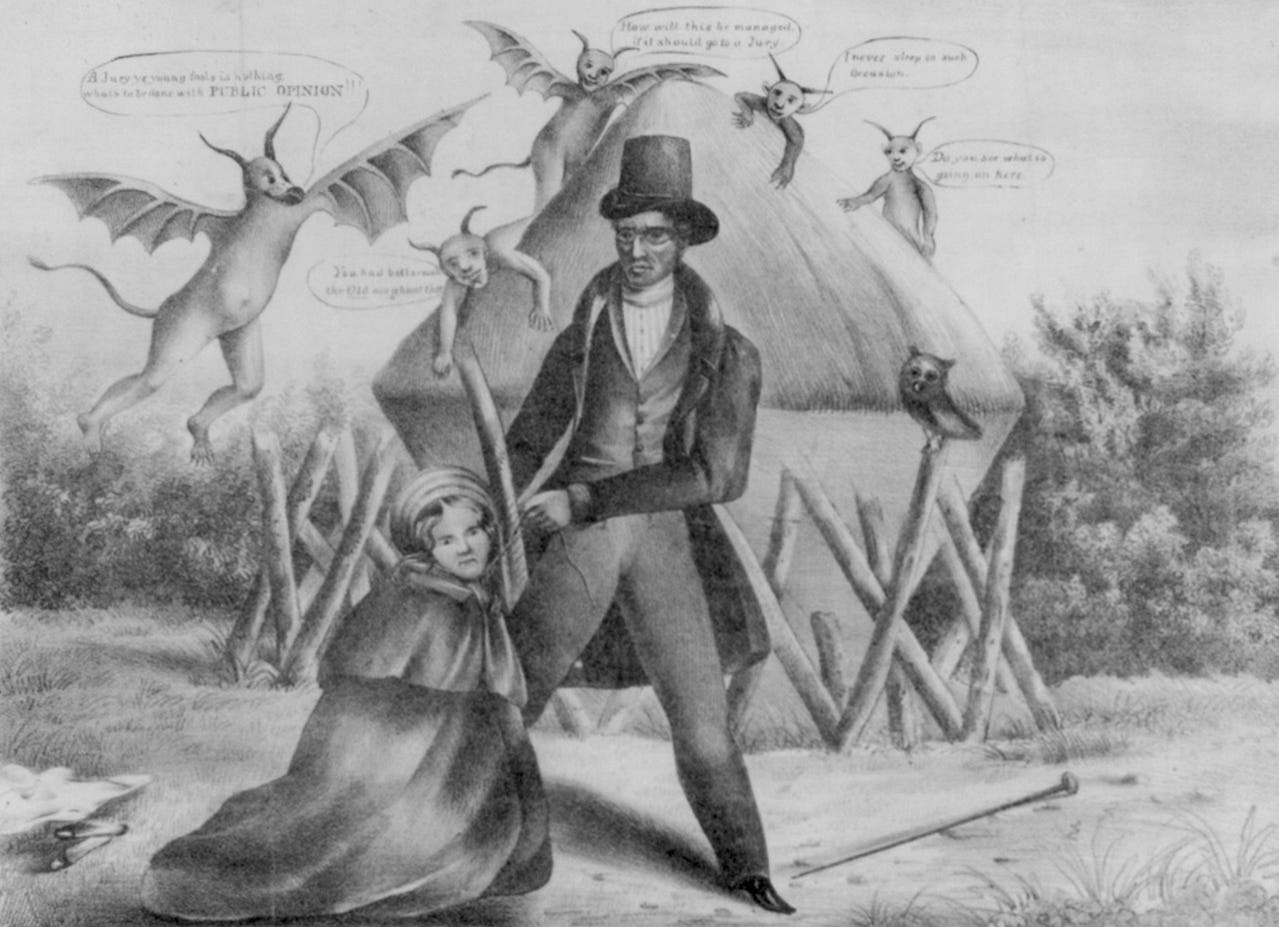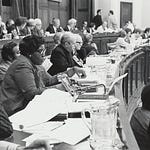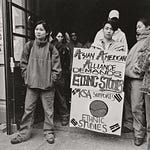
If you are my age, you remember exactly where you were when defense attorney Johnny Cochrane delivered his closing statement in The People v. O.J. Simpson, a 1994 murder trial that captured the nation’s imagination. Simpson, a former star National Football League running back, actor, and celebrity was on trial for the gruesome murder of his ex-wife, Nicole Brown Simpson and her friend, Ron Goldman. Eventually judged not guilty, Simpson was later successfully sued in civil court by Goldman’s parents and, in a bizarre twist, went to jail in Nevada for armed robbery and kidnapping.
As it was being investigated and tried in criminal court, however, the Simpson murder case became something else, moving to the center of American culture. It is even credited by some with launching the genre of reality TV. Here’s how that started. When attorney Robert Kardashian (maybe you’ve heard of his wife and daughters) notified Simpson on June 17, 1994, that he had been charged and would have to surrender to the police, Simpson famously ran instead.
A tragic, celebrity double murder suddenly became a sensational media event. The police chase was filmed by nine news helicopters: future MSNBC anchor Katy Tur’s mother Zoë broadcast live from one of them. Millions of shocked Americans watched as regular programming was interrupted to watch Simpson’s white Bronco drive down a Los Angeles freeway tailed by police cars.
The trial itself received more nightly coverage from the three legacy networks than the war in Bosnia did. Court TV, a now-defunct cable channel, broadcast the Simpson proceedings live from arraignment to verdict. And because attorney Johnny Cochrane was able to cast doubt on the ability of the Los Angeles police to investigate a Black man fairly—something that wasn’t hard to do in a city where the police routinely brutalized Angelenos of color in the name of the war on drugs—the jury returned a verdict of “not guilty.”
But the Simpson case is only one in a long American history of sensational murder cases, crimes that are simultaneously tried in court and in the public square, yet never fully resolved. There are common elements in many of them: a troubled romance, conclusions drawn from gossip, an especially violent death, contests over expertise, jealousy or blackmail, shredded reputations, and what seems to be an obviously guilty culprit claiming to be innocent.
Most importantly, these trials inflame the public imagination because they capture the zeitgeist: larger political tensions, social inequalities, and cultural preoccupations that we disagree about as a nation. Which is why I asked Bruce Dorsey, a professor of history at Swarthmore College and the author of Murder in a Mill Town: Sex, Faith, and the Crime That Captivated a Nation (Oxford, 2023) to come talk to me about America’s first, great sensational trial.
In December 1832, pregnant mill girl Sarah Maria Cornell was found, apparently hanged from a fence post in Tiverton, Rhode Island. Or perhaps she was strangled, or had killed herself. Numerous mysteries surrounded the death of a girl who had been born into the property-owning middle classes, but gradually fallen into poverty and unemployment, even as she sought to preserve her freedom and respectability as a working girl in New England’s mills.
Now, the police and the community had a mystery on its hands. Did Cornell commit suicide out of shame for her condition? Was she murdered by her lover? Cornell’s reputation in the mill towns that dotted New England, and in the Methodist Church community of Fall River, Massachusetts, just north of Tiverton, suggested both possibilities.
But when a local doctor told the inquest jury that Cornell’s minister, the handsome, married Ephraim Avery, had forced sex on the girl at a camp meeting the previous summer, Avery was arrested and put on trial for killing her—presumably, to silence Cornell about the rape and the child that she had conceived.
Show notes:
To learn more about New England mill girls and the lives they lived, you can begin with Thomas Dublin, Women at Work: The Transformation of Work and Community in Lowell, Massachusetts, 1826-1860 (Columbia University Press, 1981).
Bruce describes the links between the importance of charismatic, loving religious communities and a newly-fragile middle class in antebellum America. Paul E. Johnson describes this occurring elsewhere at the same time in A Shopkeeper's Millennium: Society and Revivals in Rochester, New York, 1815-1837 (Hill & Wang, 19781).
Bruce also emphasizes the eroticism of the Methodist church: Henry Abelove explores this dynamic as fundamental to the church’s theology in The Evangelist of Desire: John Wesley and the Methodists (Stanford University Press, 1991).
Claire asks Bruce how historians use trials to recover the past, and he mentions a chapter of Simon Schama’s Dead Certainties: Unwarranted Speculations (Knopf, 1991) about a 19th century murder at Harvard University.
Claire notes the exceptional violence of 19th century Southern masculinity, often associated with slavery, but also with the persistence of a code of honor that was regulated through physical combat. Readers might want to turn to Bertram Wyatt Brown’s classic text, Honor and Violence in the Old South (Oxford University Press, 1986.) But, as Joanne B. Freeman has noted in The Field of Blood: Violence in Congress and the Road to Civil War (Farrar, Straus and Giroux, 2018), few antebellum men were immune to murderous rage when challenged.
Bruce and Claire discuss the wrenching changes in New England economic life that constricted and changed opportunities for middle-class men and women. Listeners who want to learn more should read Mary Babson Fuhrer, A Crisis of Community: The Trials and Transformation of a New England Town, 1815-1848 (University of North Carolina Press, 2014).
You can download this podcast here or subscribe for free on Apple iTunes, Spotify, Google Podcasts, or Soundcloud. And if you liked this episode, please join us at Political Junkie!
If you enjoyed this episode, why not try:
Episode 38, The Adventures Of A Very Amateur Historian: A conversation with historical novelist Allison Epstein about her new book about Imperial Russia, "Let the Dead Bury the Dead"
Episode 31, Haunted By History: A conversation with historian Tiya Miles about her novel, “:The Cherokee Rose: A Novel of Gardens and Ghosts."
Episode 11, You Are Dead To Me: A conversation with New York Times editor Clay Risen about obituaries as popular history.
And here’s a bonus: all new paid, annual subscriptions include a free copy of my book about political media, Political Junkies: From Talk Radio to Twitter, How Alternative Media Hooked Us on Politics and Broke Our Democracy (Basic Books, 2020.)













Share this post